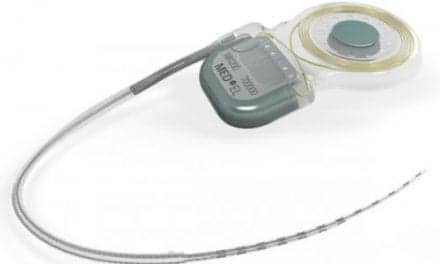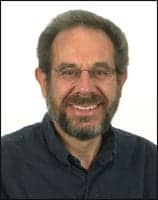Plural Publishing, San Diego, is showcasing a number of new texts:
The Basic Audiometry Learning Manual, authored by Mark DeRuiter, MBA, PhD, and Virginia Ramachandran, AuD—a volume in Plural’s Core Clinical Concepts in Audiology Series—will be available in February 2010. The book provides beginning clinicians and students with experiences and instruction in the art and science of clinical audiometry techniques. Learning objectives, review of concepts, observation exercises, guided practice, and review materials help spur active learning of concepts and offer opportunities for using fundamental audiometry methods. It can be a standalone tool, or in used conjunction with the books of the complementary CCC Basic Audiometry Series. The content encompasses the breadth of audiologic evaluation, including history-taking and patient communication, ear canal assessment and management, immittance, pure-tone testing, masking, speech audiometry, patient counseling, and report writing.
Pure-Tone Audiometry and Masking, by Maureen Valente, PhD, available now, is one of five texts planned within the Basic Audiometry division of the Core Clinical Concepts in Audiology Series. This textbook leads readers through preparation for testing and step-by-step generation of a pure-tone audiogram. It serves as a framework for integration of additional audiologic procedures with pure-tone audiometry as its base. Many difficult concepts for a beginning audiology student are addressed: references of the decibel in basic acoustics, calibration of equipment, interpretation of the audiogram, and masking procedures.
Forthcoming in Fall 2010:
Speech Audiometry, by Gary Lawson, PhD, and Mary Peterson, AuD, is part of the Core Concepts Series. The book provides broad coverage of speech audiometry and masking in clinical protocols. Procedures discussed will assist clinicians in determining differential diagnosis, assessing auditory processing ability, identifying pseudohypacusis, determining cochlear implant candidacy, predicting hearing aid benefit, and counseling.
Just published:
Objective Assessment of Hearing, by James Hall III, PhD, and De Wet Swanepoel, PhD. The volume bridges the gap between theory and clinical application for electroacoustic and electrophysiologic assessment of hearing loss across the age range. Strategies and techniques for screening and diagnosis of hearing loss are presented. The authors incorporate findings of accumulated clinical experience and recent clinical research in a review of electroacoustic measures (immittance measures and otoacoustic emissions) and electrophysiologic measures (electrocochleography, ABR, and ASSR) that are key for best practice in audiology. The book can be a resource for clinicians who are responsible for the diagnostic auditory assessment of children and adults.
Forthcoming in summer 2010:
Otoacoustic Emissions Principles, Procedures, and Protocols, by Sumitrajit Dhar, PhD, and James Hall III, PhD, features the latest information on OAEs, from basic research to clinical applications. The material is appropriate for intermediate and advanced students, and useful for practitioners. With a consistent focus on practical information needed by the clinical audiologist, and a eye to future developments, the authors answer questions necessary for a thorough understanding of OAEs, and an appreciation of their clinical value.
Forthcoming in March 2010:
Programming Cochlear Implants, by Jace Wolfe, PhD, and Erin Schafer, PhD, a volume in the Core Clinical Concepts Series, offers practical guidance for clinicians who program or plan to program cochlear implants, introducing the basics of cochlear implant programming and continuing through advanced programming techniques. Manufacturer-specific information is provided, and case studies are presented to illustrate programming fundamentals and strategies. Among the topics covered: basics of cochlear implant terminology and programming, clinical protocols for cochlear implant management, programming considerations for bilateral cochlear implant recipients, troubleshooting during the programming process, device-specific programming techniques, basic use of objective measures to set cochlear implant programs, use of FM and assistive listening devices with cochlear implants, and management of the difficult-to-program recipient.
Forthcoming in summer 2010:
Professional Communication in Audiology, by Virginia Ramachandran, AuD, and Brad Stach, PhD, is within the Basic Audiometry component of the Core Clinical Concepts Series. This book is designed to provide students of audiology and practicing clinicians with a global framework for understanding the role of communication in audiologic practice, as well as practical strategies for implementation of communication principles in a clinical setting.
[Source: Plural Publishing]




